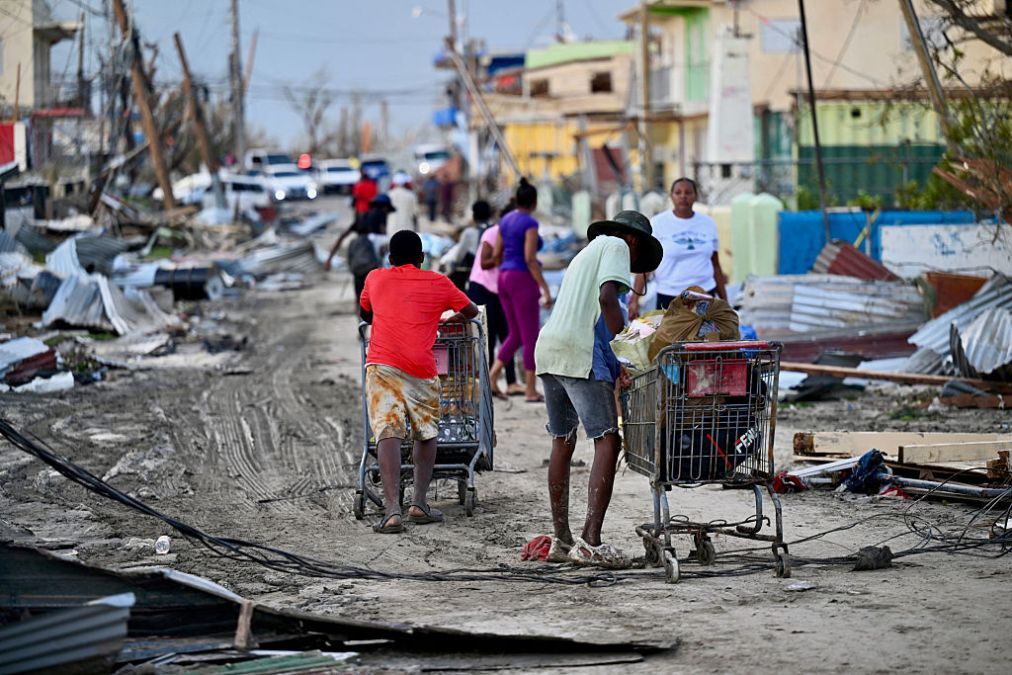UPDATE: Hurricane Melissa, one of the strongest Atlantic hurricanes on record, slammed into Jamaica’s west coast on October 28, 2025, causing catastrophic damage. With peak winds reaching 185 mph, the storm has destroyed approximately 90% of homes in the Black River area and left at least 50 dead, a number expected to rise as search and rescue operations continue.
The urgency of the situation cannot be overstated. As rescue teams mobilize to assess the full extent of the destruction, Jamaica is expected to face a long and challenging recovery process. Officials confirm the nation will require significant international assistance, particularly from the United States Agency for International Development (USAID), which has faced operational challenges following recent administrative changes.
Authorities are scrambling to coordinate emergency responses, but uncertainty looms over how effectively assistance can be mobilized. The State Department has announced the deployment of emergency teams, yet the path forward remains unclear.
The devastation from Hurricane Melissa highlights Jamaica’s vulnerability to extreme weather events. The nation has taken proactive measures in disaster preparedness, including signing onto the Making Cities Resilient 2030 initiative by the United Nations. However, the scope of damage is staggering, with estimates suggesting recovery costs could soar into the billions.
To comprehend the challenges ahead, it is essential to look at past disasters, such as the 2010 Haiti Earthquake and 2017’s Hurricane Maria in Puerto Rico. Both events showcased how social vulnerabilities, including income inequality and inadequate infrastructure, can exacerbate the human toll of natural disasters.
Jamaica’s commitment to resilience is commendable; it has invested in catastrophe bonds to fund disaster recovery, ensuring hundreds of millions of dollars are available for immediate response. However, as initial assessments of the hurricane’s impact are underway, the nation faces a critical juncture. The Build Back Better framework, which encourages rebuilding with a focus on reducing social vulnerabilities, will be crucial in guiding Jamaica’s recovery efforts.
As the nation shifts from immediate emergency responses to long-term recovery, community-driven initiatives will be key. The resilience shown by Jamaican communities must be at the forefront of rebuilding efforts, allowing for recovery that not only restores but also strengthens.
The international community is watching closely, and the responses initiated in the coming days will set the course for Jamaica’s recovery. Updates will continue to roll in as rescue and recovery operations progress, and the full impact of Hurricane Melissa becomes clearer.
Stay tuned for further developments as this story unfolds.
